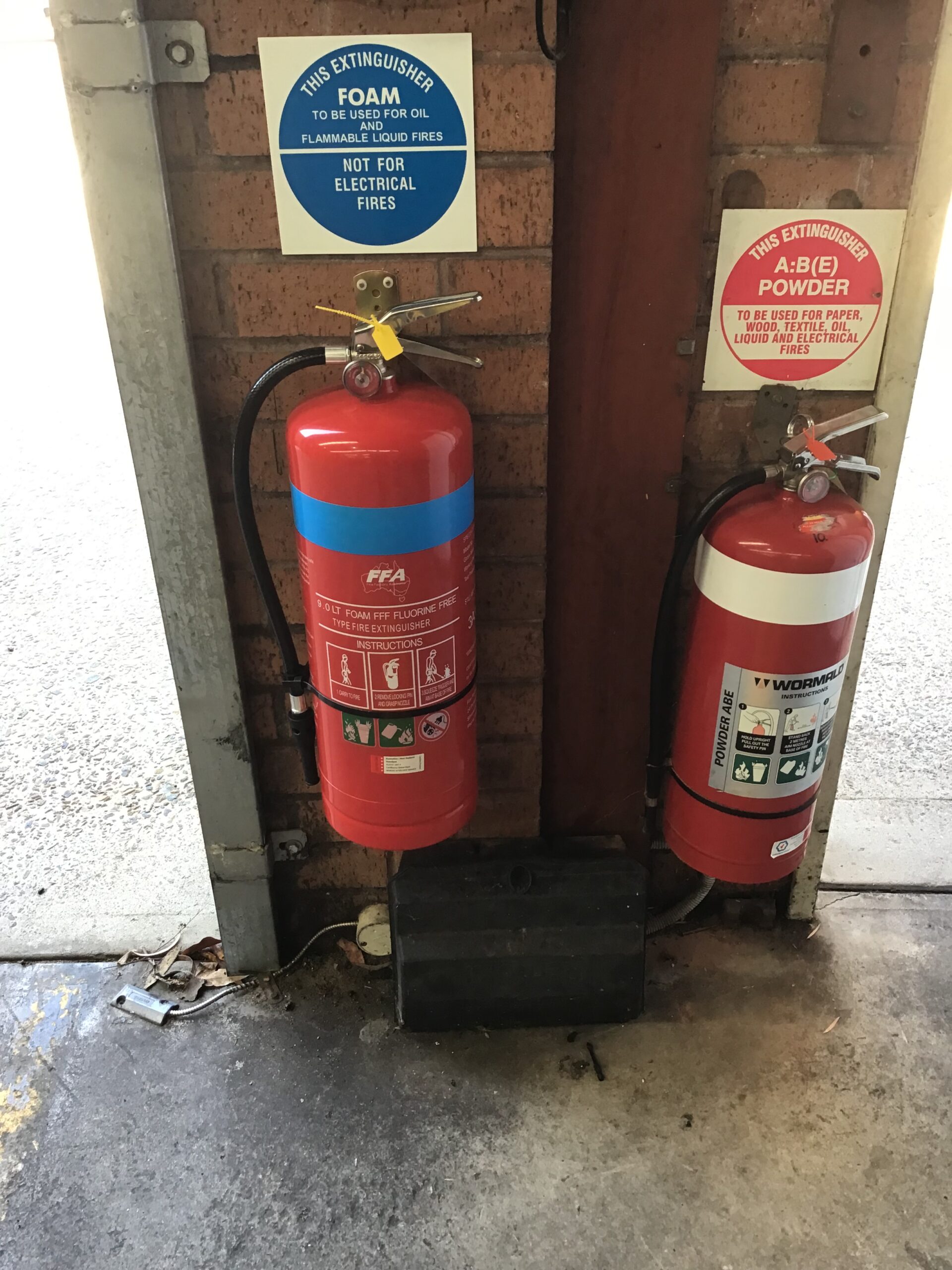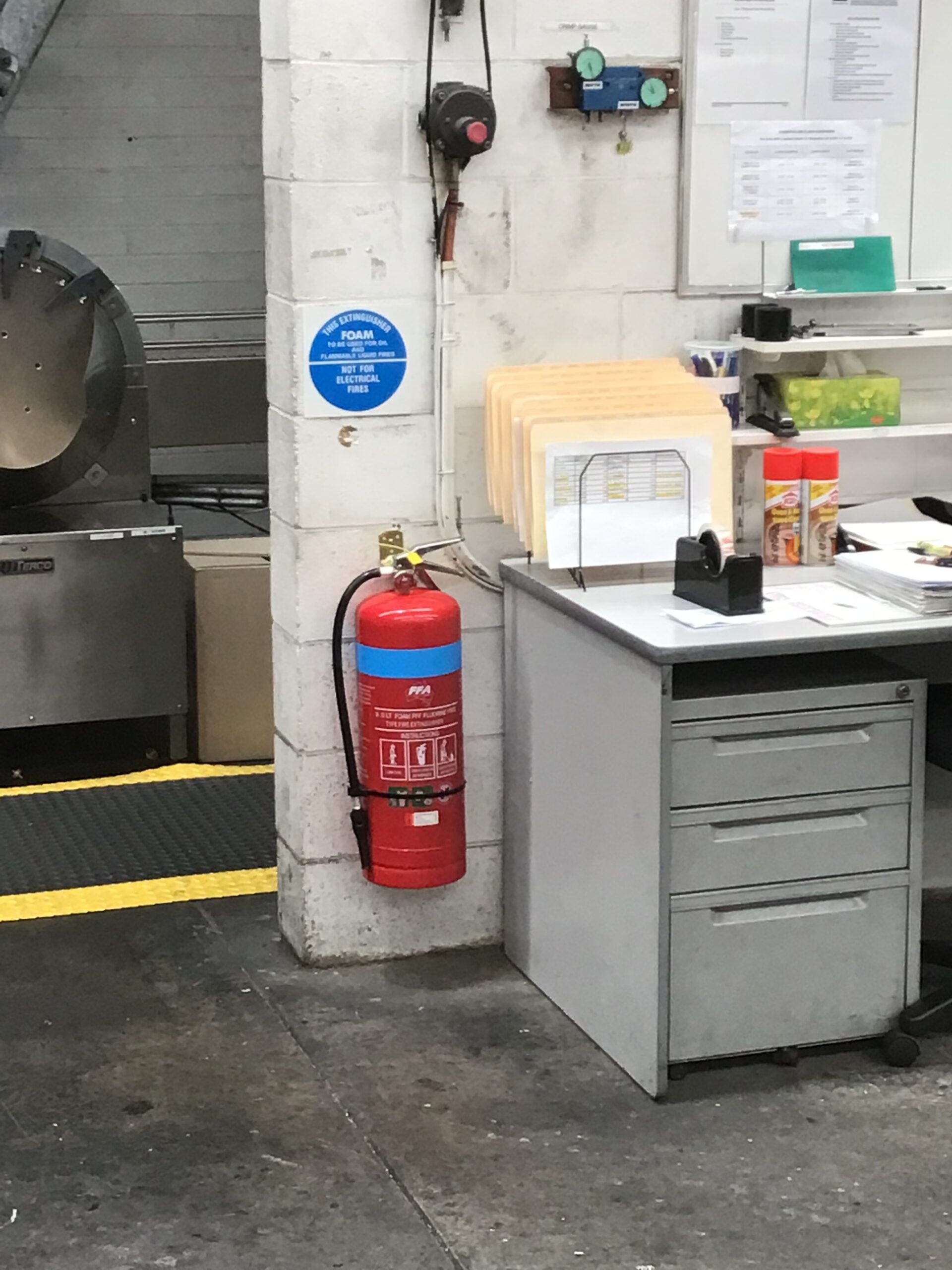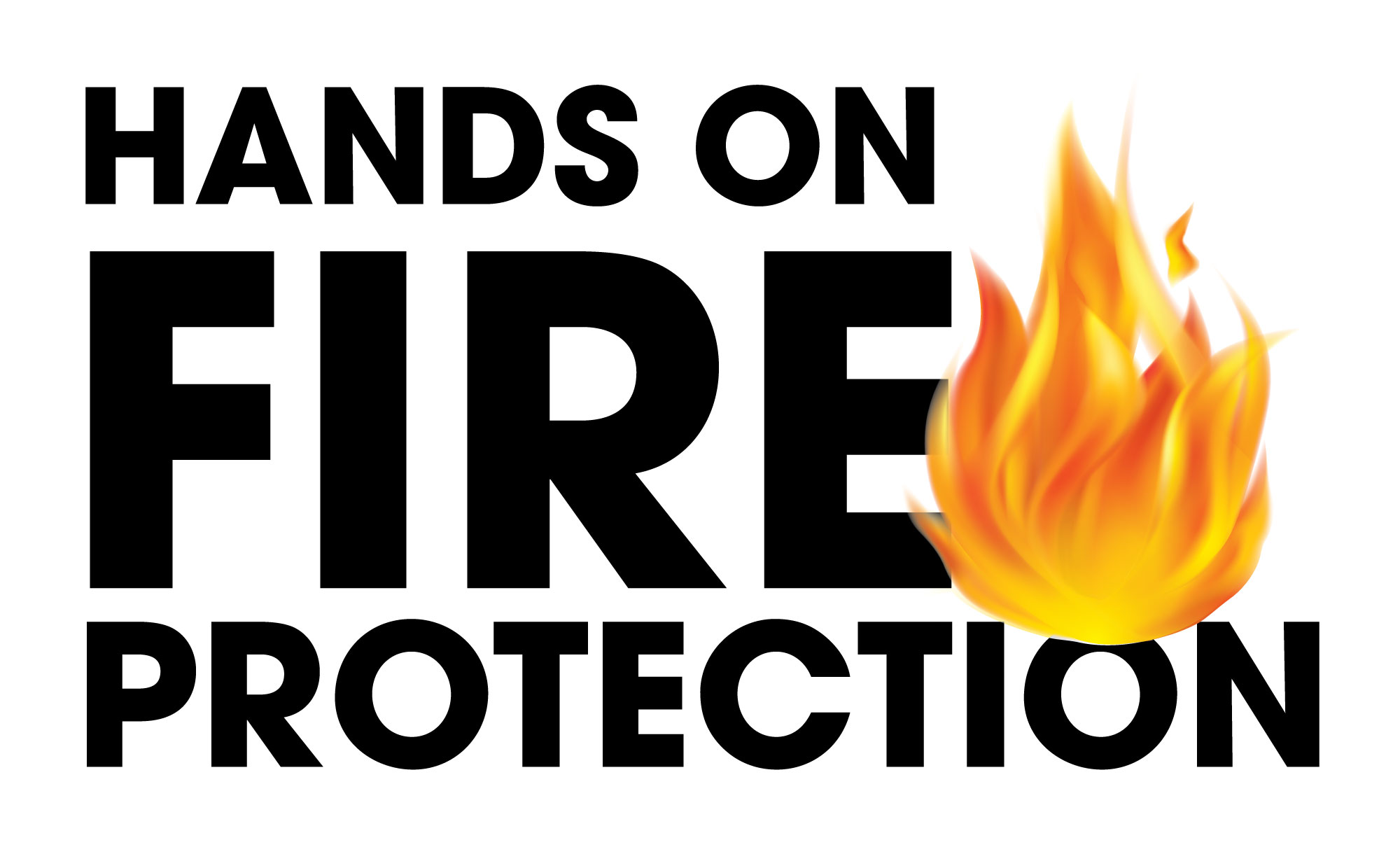Fire Extinguishers
SYDNEY’S BEST FIRE PROTECTION SERVICES
The Five Main Types of Fire Extinguishers
Each is designed to combat different types of fires. These types are:
Fire Classification System:
Here are the types of fires as classified by Australian standards:
It is essential to have the right type of fire extinguisher for the specific fire hazard and to have proper training on how to use it safely and effectively. Using the wrong type of extinguisher can make a fire worse.
It is important to note that different types of fire extinguishers are suitable for different classes of fires. For example, water-based extinguishers are not suitable for Class B fires, as they can spread the flames, while carbon dioxide extinguishers are not recommended for Class F fires, as they may not effectively extinguish the fire.
The team at Hands On Fire Protection can assist with ensuring your fire extinguishers are properly maintained, are inspected regularly, and remain in good working order.
















